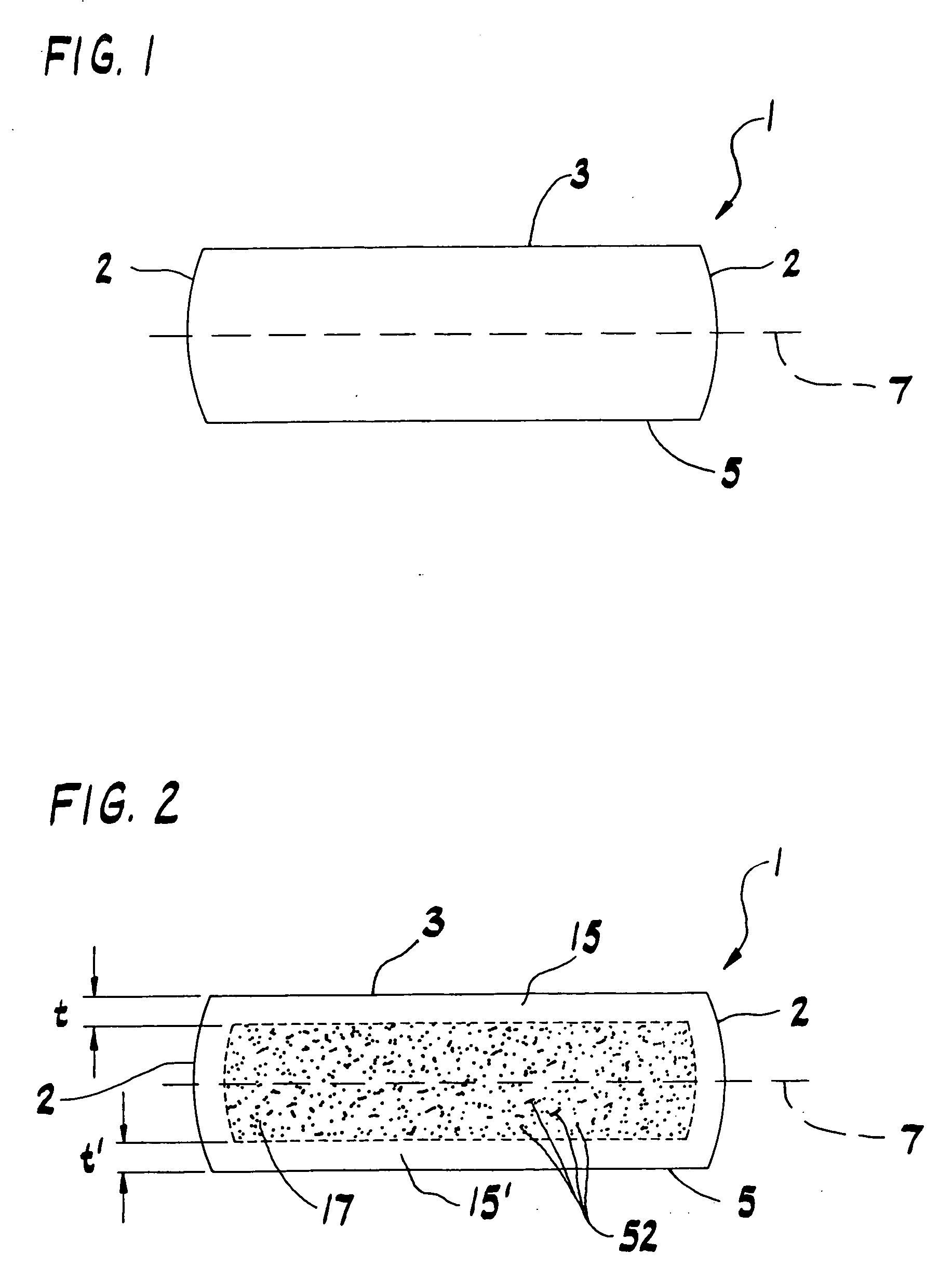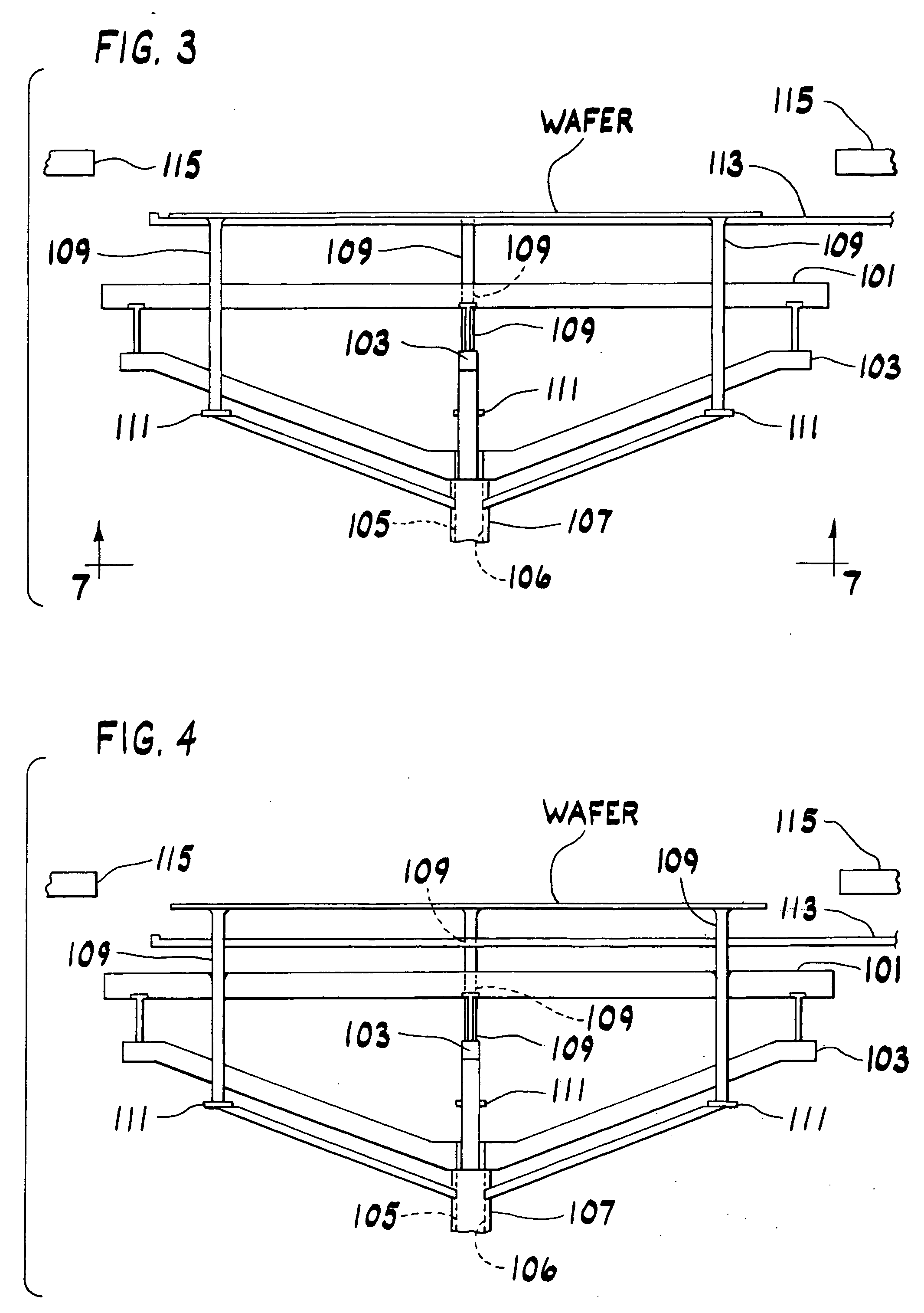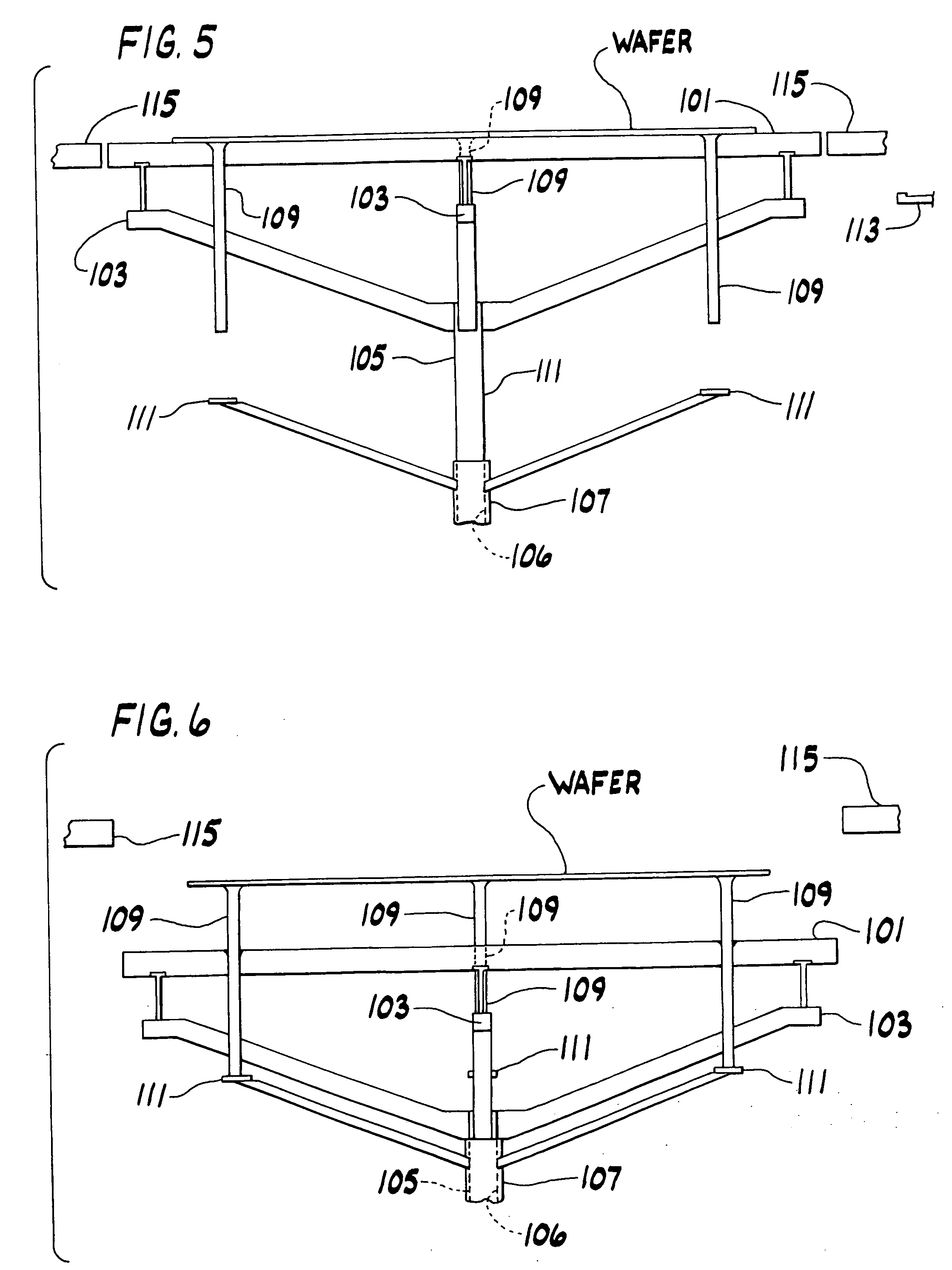Epitaxial silicon wafer with intrinsic gettering and a method for the preparation thereof
a silicon wafer and intrinsic gettering technology, applied in the field of silicon wafers and single crystal silicon wafers, can solve the problems of large number of defects in single crystal silicon form in the crystal growth chamber, severely affecting the yield potential of material in the production of complex and highly integrated circuits, and presence of crystal origin pits
- Summary
- Abstract
- Description
- Claims
- Application Information
AI Technical Summary
Benefits of technology
Problems solved by technology
Method used
Image
Examples
Embodiment Construction
[0037] In accordance with the present invention, a novel and useful single crystal silicon wafer comprising a surface having an epitaxial silicon layer deposited thereon has been developed. The epitaxial surface of the wafer typically has an average light scattering event concentration of no greater than about 0.06 / cm2, as measured by a laser-based auto inspection tool configured to detect light scattering events corresponding to polystyrene spheres having diameters of no less than about 0.12 μm. In addition, the wafer contains a “template” that determines (or “prints”) the manner in which oxygen will precipitate when the wafer is heated during the electronic device manufacturing process. Thus, during a heating step of essentially any electronic device manufacturing process, the wafer will form (a) a denuded zone of sufficient depth, and (b) a wafer bulk containing a sufficient density of oxygen precipitates for IG purposes. Also in accordance with this invention, a novel method has...
PUM
| Property | Measurement | Unit |
|---|---|---|
| distance | aaaaa | aaaaa |
| thickness | aaaaa | aaaaa |
| distance | aaaaa | aaaaa |
Abstract
Description
Claims
Application Information
 Login to View More
Login to View More - R&D
- Intellectual Property
- Life Sciences
- Materials
- Tech Scout
- Unparalleled Data Quality
- Higher Quality Content
- 60% Fewer Hallucinations
Browse by: Latest US Patents, China's latest patents, Technical Efficacy Thesaurus, Application Domain, Technology Topic, Popular Technical Reports.
© 2025 PatSnap. All rights reserved.Legal|Privacy policy|Modern Slavery Act Transparency Statement|Sitemap|About US| Contact US: help@patsnap.com



